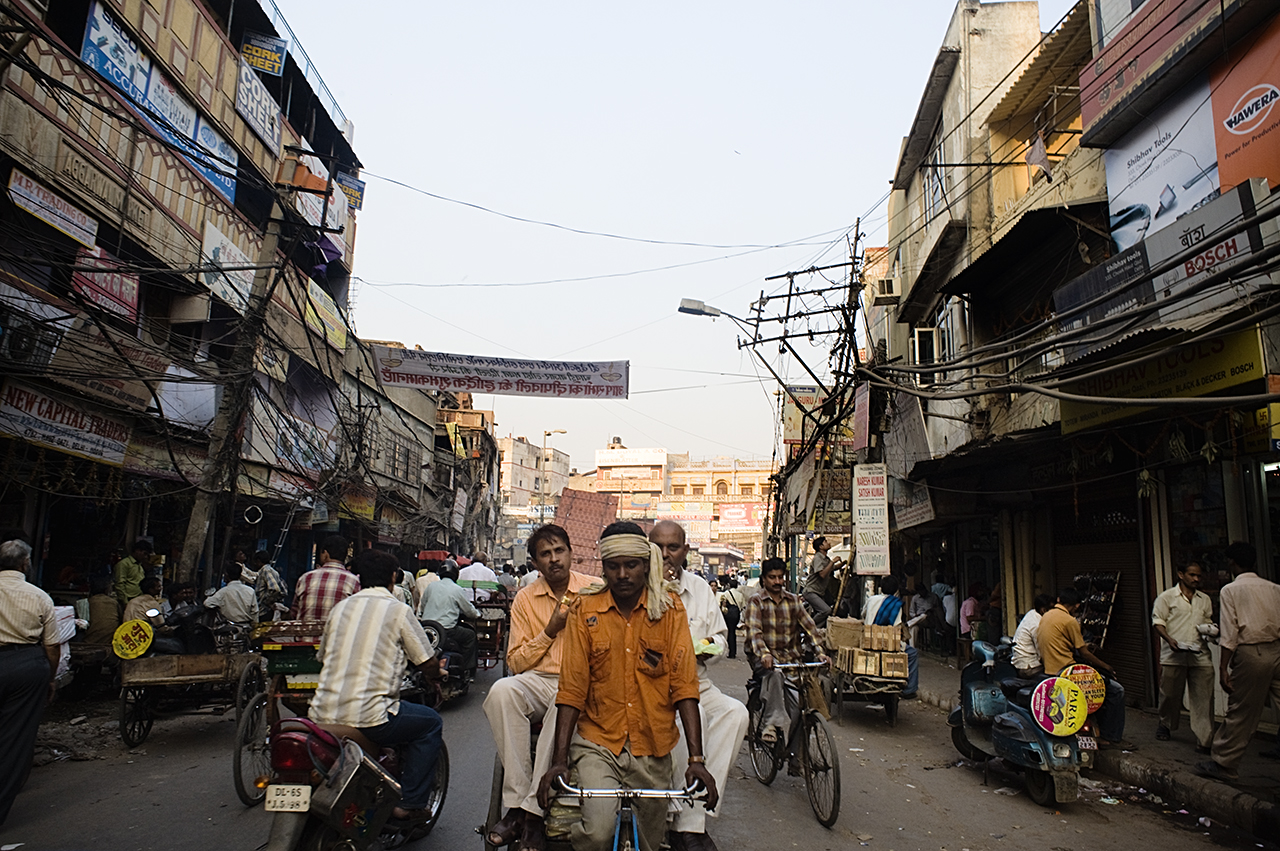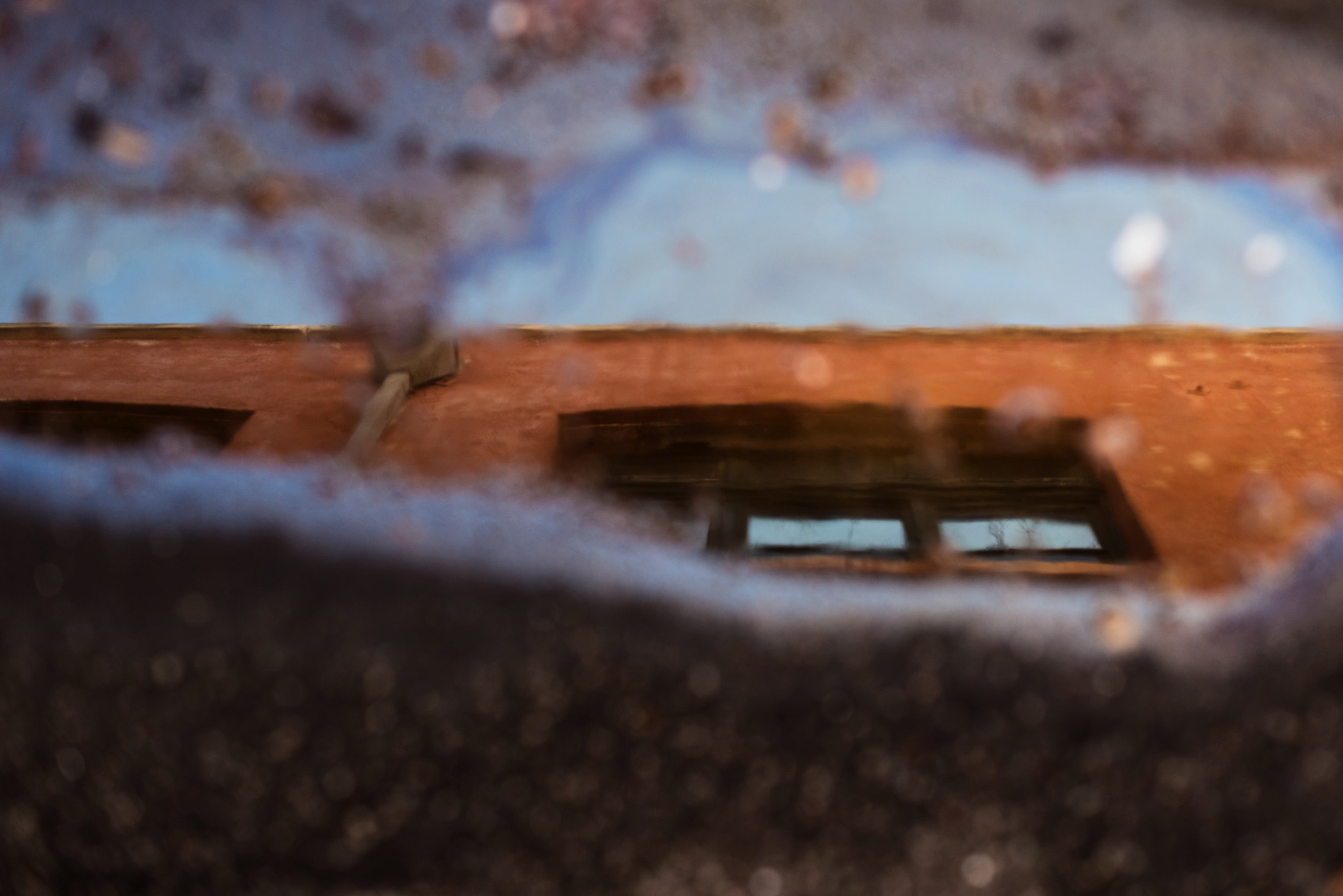5 ways to make your photography more intuitive
The best works of art are created when we no longer consciously think about the tools we use; instead, we use the tools intuitively, to realise our vision. Photography is no different. One of the challenges photographers face in becoming better at image taking and image making is to be able to transcend the technicalities of the tool (the camera) and to respond to the content (the story, the moment, the feeling, the vibe) that is the heart of the creation of a great photograph.

So, how do we transcend f-stops and shutter speeds and our camera’s physical interface, so that we’re shooting more intuitively and creatively?
1. Become very, very familiar with your camera. Spend a lot of time with it. Use it often that it begins to lose its veneer of newness. Take your camera with you everywhere and shoot. Shoot mundane subjects. Shoot interesting subjects. The purpose isn’t to create epic, eye-popping imagery; rather, it’s to grow familiar with the interface, so you can change settings without actually looking at the camera’s physical body or LCD screen.
2. Familiarise yourself with your camera’s view and display – whether you’re shooting through a viewfinder of backlit LCD. Recognise where the settings are shown on the display, so that you can, at a glance, work out where you’re at and where you need to be with your settings in order to get the shot. At a minimum, you should be able to quickly identify the aperture, shutter speed and ISO settings on your display, the focus mode you’re using and the white balance you’re using.

3. Automate as much as possible in order for you to stop thinking about settings and focus more on the moment. Of course, this comes with a caveat in that you should still be able to adjust your settings to enable you to obtain the creative outcome you’re after in the photograph. In many cameras, ISO and White Balance can be automated. You can also shoot in Priority modes such as Aperture and Shutter Priority. My favourite, when I’m shooting on the go (eg. street photography), is to automate ISO and set aperture and shutter speed to obtain the shot I’m after (whether the final image is defined by depth of field and movement capture).

4. Back button focus. There’s a lot to be said about decoupling focus from image taking and back button focus (BBF) lets you do that. Using BBF, you set your AF-ON button on your camera as your focus activation. Your shutter button is then used to take the photo. This means that you don’t always need to refocus and recompose and can just focus once and take multiple frames. Search the Internet on how to use BBF on your brand/model of camera.

5. Upgrade your vision, not your gear. We’re all guilty of lusting after the next biggest and brightest entry into the digital photography market (as I’m writing this, Nikon has launched the new Nikon D7500 and the photography world is going nuts over the recently announced Sony A9 mirrorless camera, so there’s definitely a lot of chatter about new gear). Instead, invest your time (and money, if appropriate) on developing your vision. Look for scenes that resonate with you, develop an understanding of light, work on photographic projects (no matter how major or minor), use photography to tell a story.


No Comments